SENDAI, Japan: Just like natural teeth, dental implants require proper care and oral hygiene to prevent disease. In a recent study, Japanese researchers looking for better ways for dentists to remove plaque from implant fixtures compared the effects of a cavitating jet with the standardly used water jet. They found that the cavitating jet removed biofilm from the rough surface of an implant fixture more effectively.
Prof. Hitoshi Soyama from Tohoku University and his team from Showa University compared the cleaning ability of a cavitating jet to that of a water jet. With the former, high-speed fluid is injected by a nozzle through water to create minuscule bubbles of vapour. When these bubbles collapse, they produce strong shock waves with sufficient force to remove surface contaminants.
To test the two different jets, four volunteers performed no oral care for three days to allow biofilm to develop in their mouths. Their fixtures were then cleaned using both methods, and the researchers measured the amount of plaque remaining at several time intervals.
While there was little difference between the amounts of plaque removed by both methods after 1 minute of cleaning, that changed after longer exposure. After 3 minutes, the cavitating jet had removed about a third more plaque than the water jet had, leaving little plaque on the implant at the end of the experiment. The cavitating jet left less residual plaque on the apex of the fixture than on the crestal part.
“Conventional methods cannot clean plaques on the surface of dental implants very well, so this new method could give dentists a new tool to better manage these fixtures which are becoming more common,” said Soyama.
Previous research has shown that water flow exerts shear stress to remove biofilm. In addition to this shear effect, the cavitating jet produces considerable force when the bubbles collapse, allowing the removal of biofilm particles. The researchers suggested that the two processes work in synergy to make the cavitating jet superior to the water jet when cleaning plaque off the irregular surface of dental implants.
The study, titled “Removal of oral biofilm on an implant fixture by a cavitating jet”, was published in the December issue of the Implant Dentistry journal.
OSAKA, Japan: People living with Type 2 diabetes have been reported to experience a higher incidence of dental caries, but the biological pathways ...
GYMPIE, Australia: Despite water fluoridation being recognised as one of the twentieth century’s greatest public health achievements, an increasing number...
TAMPERE, Finland: The long-standing relationship between oral bacteria and systemic disease has taken on new significance with recent advances in molecular ...
SEOUL, South Korea: Previous research has suggested that poor oral hygiene leads to bacteria in the blood, causing inflammation in the body. This increases ...
L’AQUILA, Italy: In a new study, researchers at the University of L’Aquila in Italy have highlighted the importance of oral health for patients with ...
Veneer removal using rotary instruments can be time-consuming and risks damaging the underlying tooth structure. The Er:YAG laser offers a conservative and ...
LOS ANGELES, U.S.: Since current head and neck cancer staging systems include lymph node size and laterality, but focus less on the total number of positive...
Bacteria in nature usually exist in the form of biofilms. The dense accumulation of bacteria was first reported by Black in 1898.1 Biofilms are an ...
Recently, Oral‑B introduced its Oral-B iO Series 2 (iO2) electric toothbrush at an event in Germany. One of the speakers was Dr Daniel P. Grotzer, who...
AURORA, Colo., U.S.: Since oral cavity cancer is often only discovered late in its development, patients with this advanced form of disease have a 5-year ...
Live webinar
Wed. 14 January 2026
12:00 pm EST (New York)
Dr. Théo Laplane, Dr. Robert Gottlander DDS
Live webinar
Fri. 16 January 2026
12:00 pm EST (New York)
Live webinar
Mon. 19 January 2026
1:00 pm EST (New York)
Philipp Kopp, Michael Seeber
Live webinar
Thu. 22 January 2026
9:00 am EST (New York)
Prof. Judith Jones D.D.S; M.P.H., Prof. Kakuhiro Fukai D.D.S., Ph.D, Dr. Bathsheba (Bethy) Turton
Live webinar
Thu. 22 January 2026
2:00 pm EST (New York)
Dr. Nicola M. Grande DDS, PhD
Live webinar
Wed. 28 January 2026
8:00 am EST (New York)
Live webinar
Wed. 28 January 2026
11:00 am EST (New York)
Prof. Dr. Jan-Frederik Güth



 Austria / Österreich
Austria / Österreich
 Bosnia and Herzegovina / Босна и Херцеговина
Bosnia and Herzegovina / Босна и Херцеговина
 Bulgaria / България
Bulgaria / България
 Croatia / Hrvatska
Croatia / Hrvatska
 Czech Republic & Slovakia / Česká republika & Slovensko
Czech Republic & Slovakia / Česká republika & Slovensko
 France / France
France / France
 Germany / Deutschland
Germany / Deutschland
 Greece / ΕΛΛΑΔΑ
Greece / ΕΛΛΑΔΑ
 Hungary / Hungary
Hungary / Hungary
 Italy / Italia
Italy / Italia
 Netherlands / Nederland
Netherlands / Nederland
 Nordic / Nordic
Nordic / Nordic
 Poland / Polska
Poland / Polska
 Portugal / Portugal
Portugal / Portugal
 Romania & Moldova / România & Moldova
Romania & Moldova / România & Moldova
 Slovenia / Slovenija
Slovenia / Slovenija
 Serbia & Montenegro / Србија и Црна Гора
Serbia & Montenegro / Србија и Црна Гора
 Spain / España
Spain / España
 Switzerland / Schweiz
Switzerland / Schweiz
 Turkey / Türkiye
Turkey / Türkiye
 UK & Ireland / UK & Ireland
UK & Ireland / UK & Ireland
 Brazil / Brasil
Brazil / Brasil
 Canada / Canada
Canada / Canada
 Latin America / Latinoamérica
Latin America / Latinoamérica
 USA / USA
USA / USA
 China / 中国
China / 中国
 India / भारत गणराज्य
India / भारत गणराज्य
 Pakistan / Pākistān
Pakistan / Pākistān
 Vietnam / Việt Nam
Vietnam / Việt Nam
 ASEAN / ASEAN
ASEAN / ASEAN
 Israel / מְדִינַת יִשְׂרָאֵל
Israel / מְדִינַת יִשְׂרָאֵל
 Algeria, Morocco & Tunisia / الجزائر والمغرب وتونس
Algeria, Morocco & Tunisia / الجزائر والمغرب وتونس
 Middle East / Middle East
Middle East / Middle East
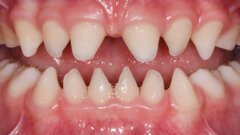























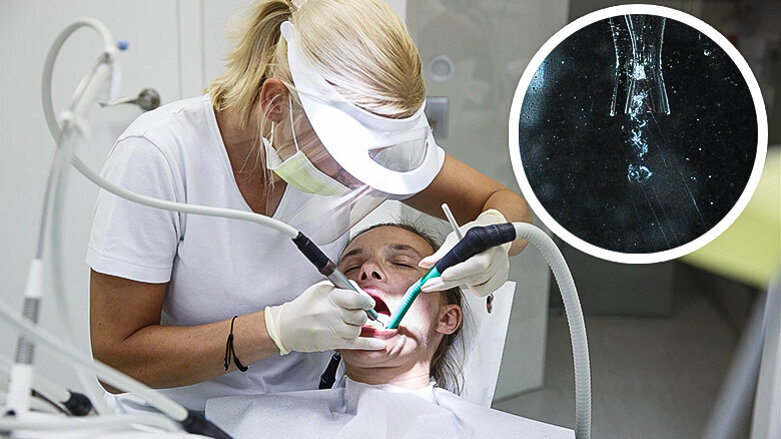



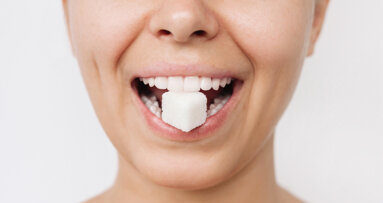

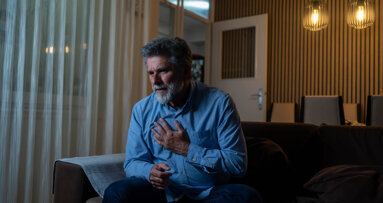
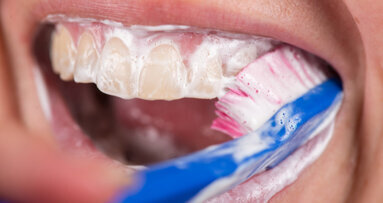
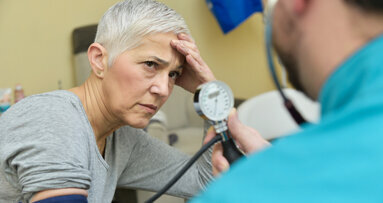
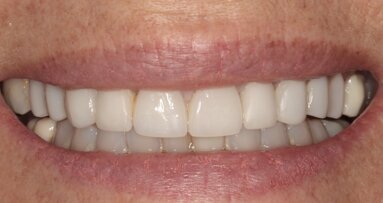
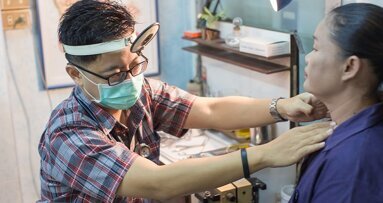
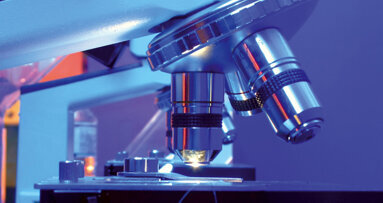
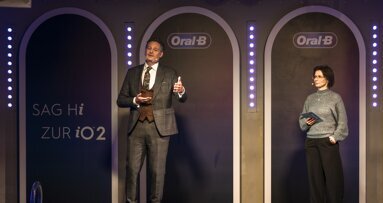
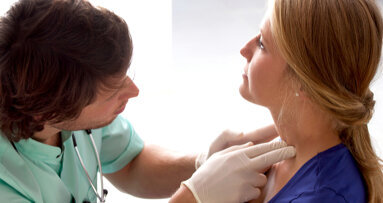










To post a reply please login or register